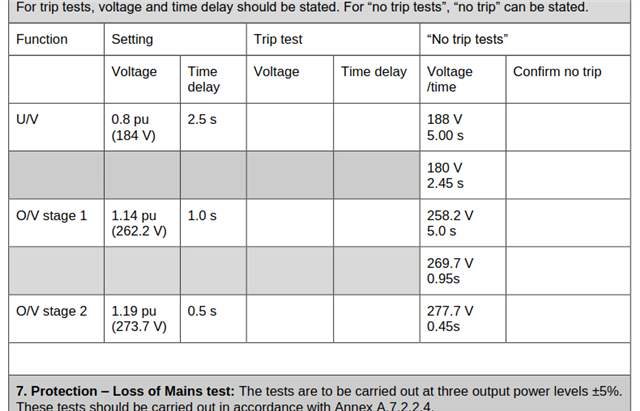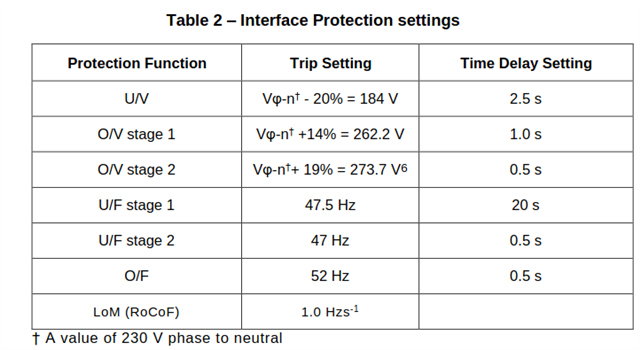There's been some talk recently of using voltage monitoring relays (e.g. https://uk.rs-online.com/web/p/monitoring-relays/1026131 or https://uk.rs-online.com/web/p/monitoring-relays/0122215), and a suitable contactor, to protect an installation against long duration overvoltages (so not brief surges, more like a single phase installation being fed something approaching 400V due to a broken N in the 3-phase distribution system).
I can see pros and cons to such an approach, but let's go with it for now for the sake of debate...
What I've noticed that all these devices seem to come with a programmable delay (sometimes overridden for large voltage errors, sometimes apparently not) which implies that the installation may have to withstand an overvoltage for some period of time - so the question is how long would we expect things to survive? I can see simple resistive heaters hanging on for a a fair fraction of a minute before overheating becomes catastrophic, filament lamps I suspect won't last anything like as long. What about electronics? or small single phase motors?
I suspect we're treading a fine line here, too short a delay and it'll be tripping out on the slightest glitch (next door's storage heaters switching on, or I suppose these days heat pumps, or a brief fault in some other installation connected to the same distribution system) which wouldn't be ideal even if the installation is only disconnected for a few seconds before being automatically restored. Too long and I presume the risk of damage increases. Where's the happy medium (is there one?)
- Andy.

